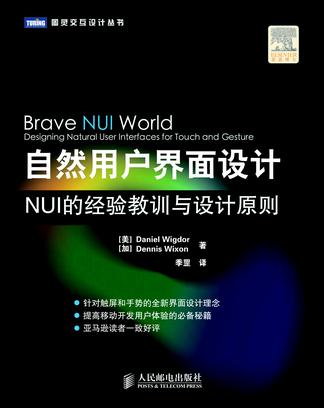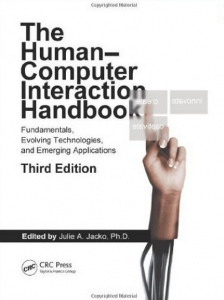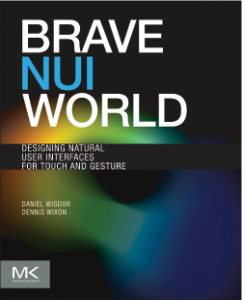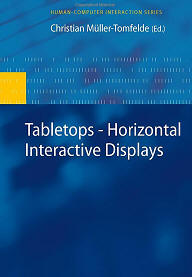
Courier / Mailing Address
Department of Computer Science
40 St. George St. STE 4283
Toronto, ON, M5S 2E4
t. +1 (416) 978-6025 (for couriers)
t. +1 (416) 978-7777
daniel@dgp.toronto.edu
Daniel Wigdor is an entrepreneur, investor, and professor in the field of computer science. He specializes in the invention of technologies which are tailored to enable people to live better/happier/more productive lives. His innovations have included novel sensing technologies, operating system architectures, AI systems, manufacturing methods, haptic feedback devices, and software systems, all based on his teams’ deep study of human capabilities and needs, employing methods from fields such as psychophysics, sociology, and anthropology. He has founded several companies which have combined to employ hundreds of people across the US and Canada, raising over $100M in revenue and funding. In 2020, he sold Chatham Labs to Facebook, and became the founding director of Meta’s Reality Labs in Toronto. Daniel’s technologies may be found in more than a billion devices worldwide. He holds over 50 patents, has published more than 100 peer-reviewed papers, has written books which have been translated into multiple languages and used as standard texts around the world, and has testified as an expert witness in courts in the US and UK, helping to resolve disputes regarding more than $10B.
Daniel has won many awards for his research, including the Alfred P. Sloan Foundation’s Research Fellowship, the Ontario Early Researcher Award, and more than a dozen ‘best paper’ awards at top venues in computer science. He is currently a professor and is the associate chair for industrial partnerships at the University of Toronto. He has previously held positions at Cornell, the University of Washington, Harvard University, Mitsubishi Electric Research Labs, Microsoft Research, and Reality Labs Research. Further information, including publications, patents, and videos demonstrating his work, may be found at danielwigdor.com Talks about his work in may be found online: haptics & high performance UX, post-WIMP user interfaces, and the symphony of devices.
RECENT PUBLICATIONS
(see Research for a list of all publications).
VibraForge: A Scalable Prototyping Toolkit For Creating Spatialized Vibrotactile Feedback Systems
AeroHaptix: A Wearable Vibrotactile Feedback System for Enhancing Collision Avoidance in UAV Teleoperation
Demonstrating VibraForge: An Open-source Vibrotactile Prototyping Toolkit with Scalable Modular Design
TactileNet: Bringing Touch Closer in the Digital World
Fidgets: Building Blocks for a Predictive UI Toolkit
Investigating the Effects of Intensity and Frequency on Vibrotactile Spatial Acuity
XR Input Error Mediation for Hand-Based Input: Task and Context Influences a User's Preference
CrossCode: Multi-level Visualization of Program Execution
CrossCode: Multi-level Visualization of Program Execution
Creepy Assistant: Development and Validation of a Scale to Measure the Perceived Creepiness of Voice Assistants
Departure from Meta
Campus change to downtown St George
Promoted to “full” professor
A few thoughts for prospective students
Zhicong Lu: Our Newest PhD Grad!









